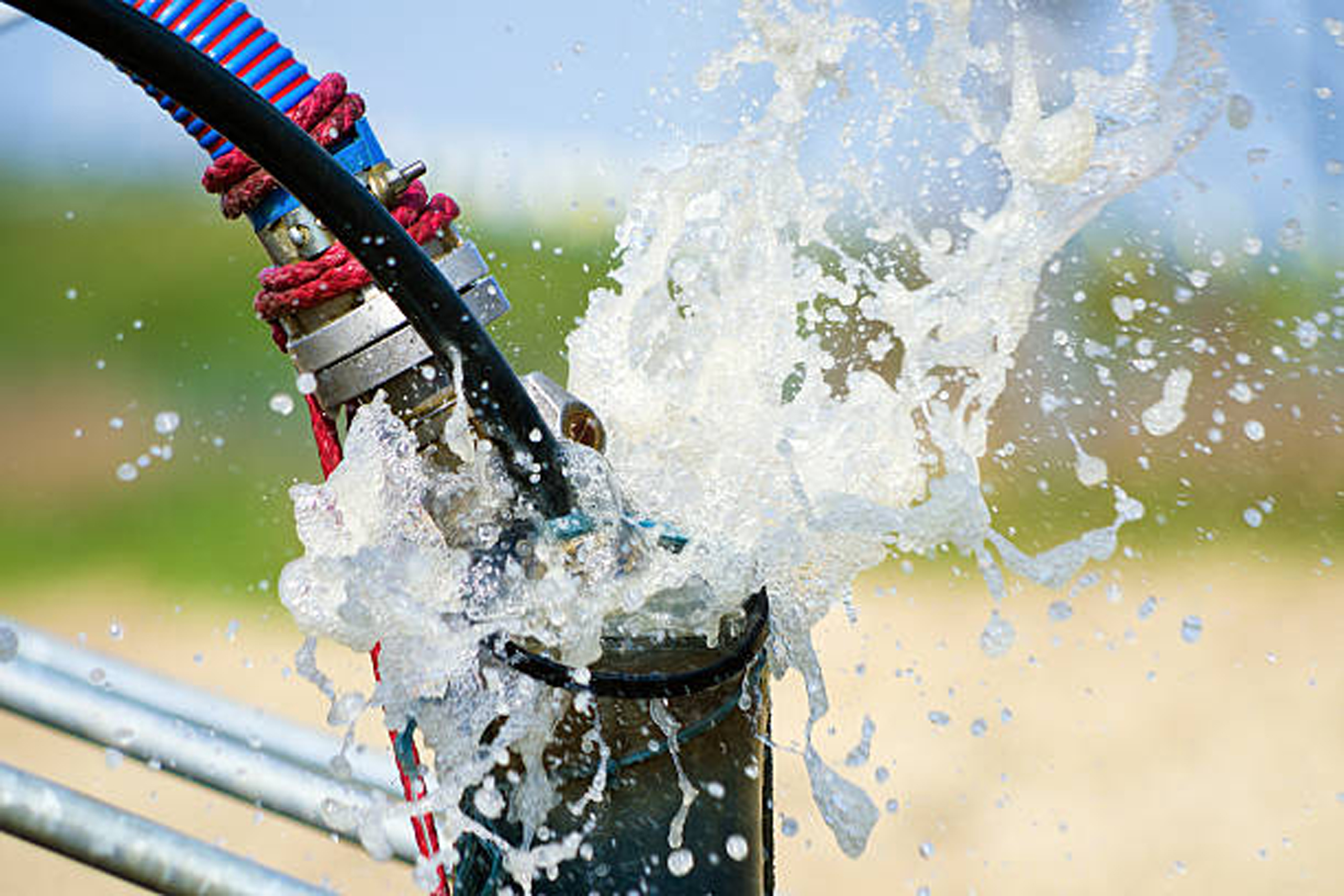Water pumping stations are machines that are specifically engineered to move water from one location to another without requiring any direct physical intervention from humans or animals. These devices play an essential function in canal irrigation as well as in the water treatment process by promoting water circulation and draining water from lower areas with efficiency.
Water Pump Stations are utilised for land alterations
Water pumping stations are essential infrastructure in many parts of the country, including The Fens Region in the East Midlands, which is a large, marshy area encompassing the River Ouse. These stations serve the purpose of effectively draining excess water and converting the land into arable farmland, as was done in The Fens Region. This land alteration plays a crucial role in promoting farming and agriculture as it enhances soil quality by retaining vital nutrients and particles.
Water pumps are commonly used when the natural flow of water through gravity is not feasible or convenient. While water pumping stations are not usually utilised to eliminate water from higher locations, they are known for transferring water to elevated areas. Residents who live on hills or in mountainous regions may require the water to be pumped uphill to supply their household needs.
How Water Pumping Stations Operate
RephraseThe main goal of a water pumping station is to produce enough force to offset the natural pull of gravity on the water. Once this force is met, it allows the liquid to move at a chosen flow rate. The pump systems come with programmable features that simplify the process of modifying the water flow rate since it involves a basic mathematical equation. An electronic controller, either directly linked to the pumping station or controlled from afar, is used to enter the required information for the desired flow rate.
IBC filling system uses either centrifugal pumps, for low-viscosity fluids, progressive cavity pumps (or air-operated diaphragm pumps), for high-viscosity fluids and pasty media. You can buy pumps and flowmeters for almost every drum or IBC dispensing application.
Legal inquiries involving water pumping stations
There exists a significant number of older water pumping stations located In Wales and England that were built by private owners and local councils. Recent legislation in 2016 has resulted in the ownership of these private water pumping stations being transferred to local water companies. Several of these pumps date back to the Victorian era and have historical value, with some serving as landmarks and tourist attractions. This information is meant for a knowledgeable audience, presented in a neutral language style, within the general context, and with the intent to inform.
Reducing Risks through Water Pumping
Water pumps are efficient devices used to counteract different hazards in residential, industrial, and commercial settings. In situations where sewage systems do not have enough water pumps, stagnant water may accumulate, promoting bacterial growth and the spread of illnesses. Additionally, the accumulation of stagnant water could produce dangerous gases, such as hydrogen sulphide, which can pose an inhaling threat to people. The installation of adequate water pumps ensures that raw sewage continuously flows, preventing the potential of gas buildup caused by stagnant water.
Water pumping stations in the UK are used for different purposes, such as aiding water transport through canals, facilitating groundwater flow, generating power for hydraulic stations, and servicing the public with water supply and sewerage services.
Water pumps require a source of power to operate effectively
Water pumps require a power source to operate effectively. Early British models burned coal directly or used it to generate steam to power the pumps. Present-day water pumps similarly depend on a dependable power source to perform at their best.
Typically, water pumping stations that are used in industries are linked to the main electricity supply. However, they may also possess backup power sources that allow them to function without any disruption during emergency situations.
